Most, if not all modern wood-framed buildings use engineered wood products. And the two most popular options among builders are glulam timbers and Laminated Veneer Lumber vs glulam. Let’s compare Glulam Vs lvl and find out which is a better option for your woodworking project.
Glulam Construction
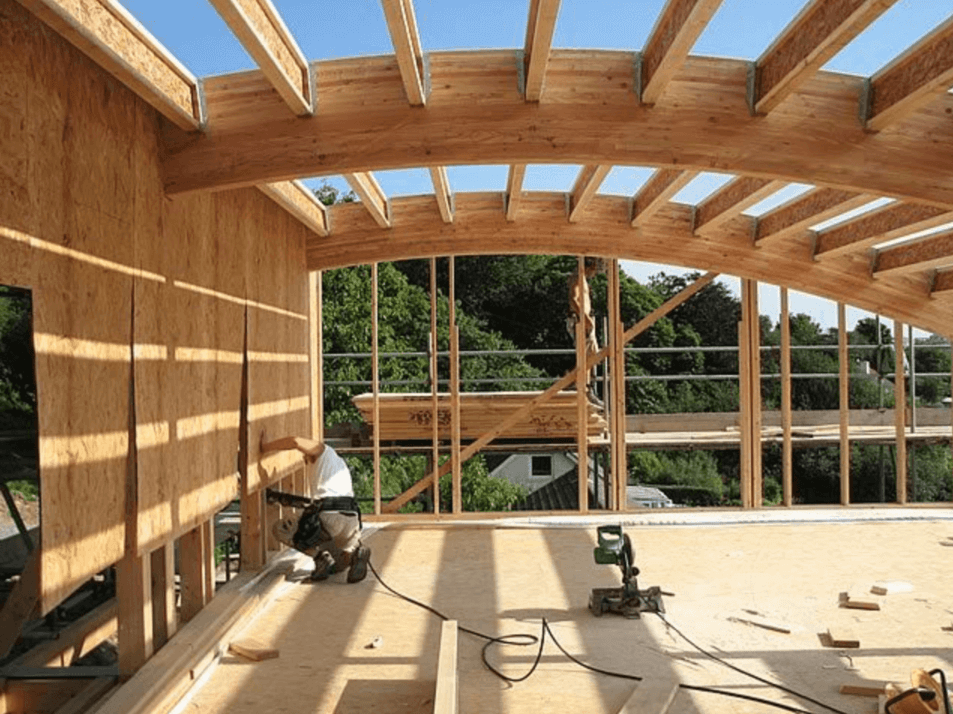
Made with multiple layers of wood critic lumber held together with high-strength adhesive, glulam is an innovative and versatile laminated beam used in residential and commercial construction.
A glulam unit looks like a well-bonded stack of large lumber glued together. It doesn’t only come in a variety of sizes but can also be custom-fabricated to meet a wide range of design specifications. Due to the strength and stiffness glulam construction offers, it’s often an essential component used for building vaulted roofs, domes, and bridges.
When it comes to glulam connections, they typically feature steel bolts, dowels, and plates.
Common Uses
Common uses for glulam include:
- Straight beams
- Curved beams
- Arched bridges
- Trusses
- Columns from round and square to complex ones
- Tied rafters and arches
Strength Profile
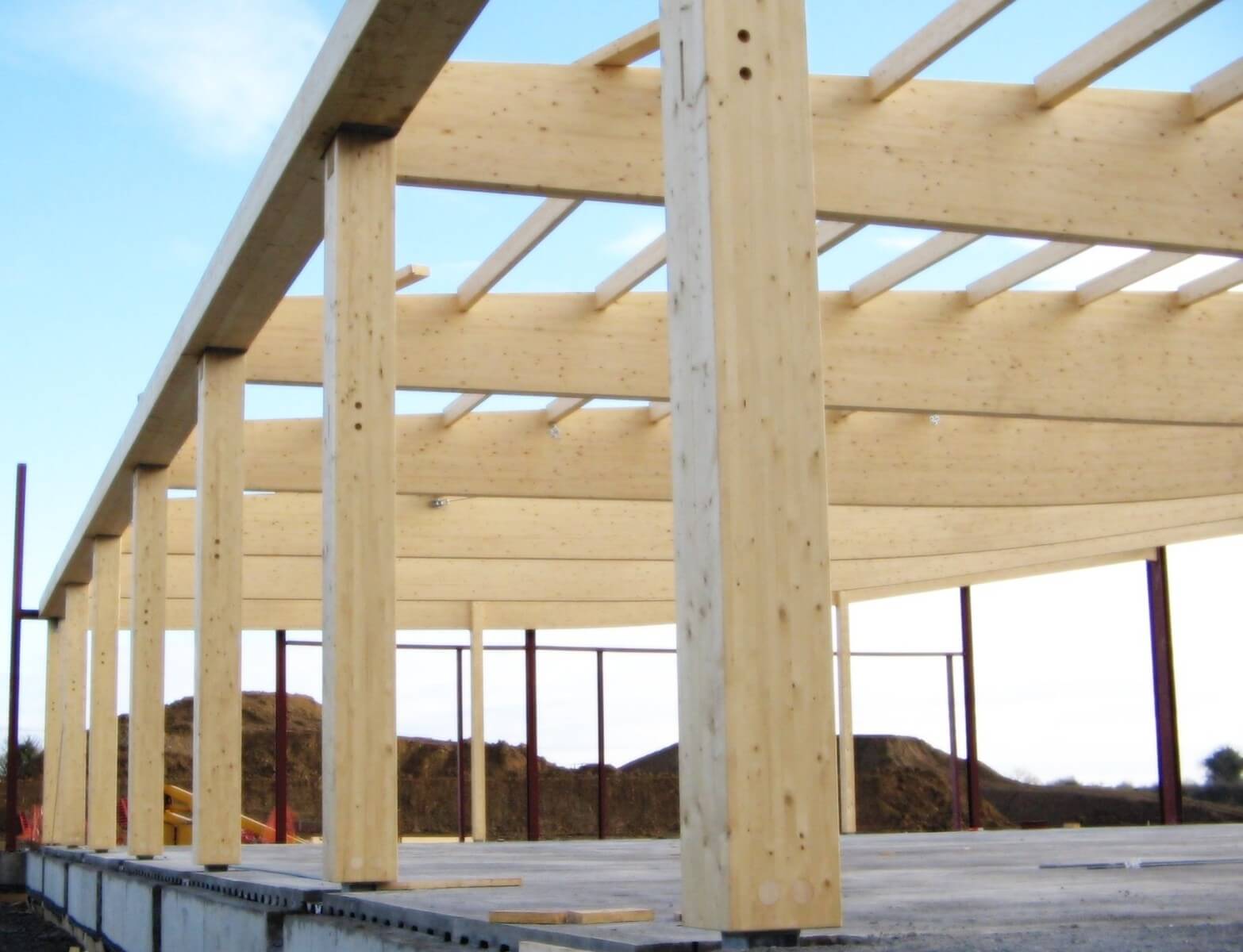
The classification of glue-laminated timber members is base on their unique strength properties and their rating on a stress classification system. The first part of the rating refers to their reference bending design value while the second part is their modulus of elasticity value.
Benefits of Using Glulam
For starters, glulam timbers are very strong, highly customizable, and cost-effective. Since they make with smaller pieces of lumber, and glulam timbers are very strong and are also resource-efficient. Builders and designers enjoy a number of benefits by using glulam in their construction projects, including:
- Glulam can use in a myriad of ways – from the roof and floor beams, and columns to decking and bracing
- Have a unique capability of creating up to 500 feet of unsupported spans
- Contain low levels of formaldehyde and thus, are environment-friendly
- Cut down the handling and transportation costs
- Can easily be customized to meet special design requirements
- Are readily available in standard lengths and widths
- Are easy to install and repair
- Have amazing fire-resistant properties, better than steel beams
- Are make to precise dimensions
- Are manufacture in well-managed forests and are PEFC-certified
Precautions and Tips
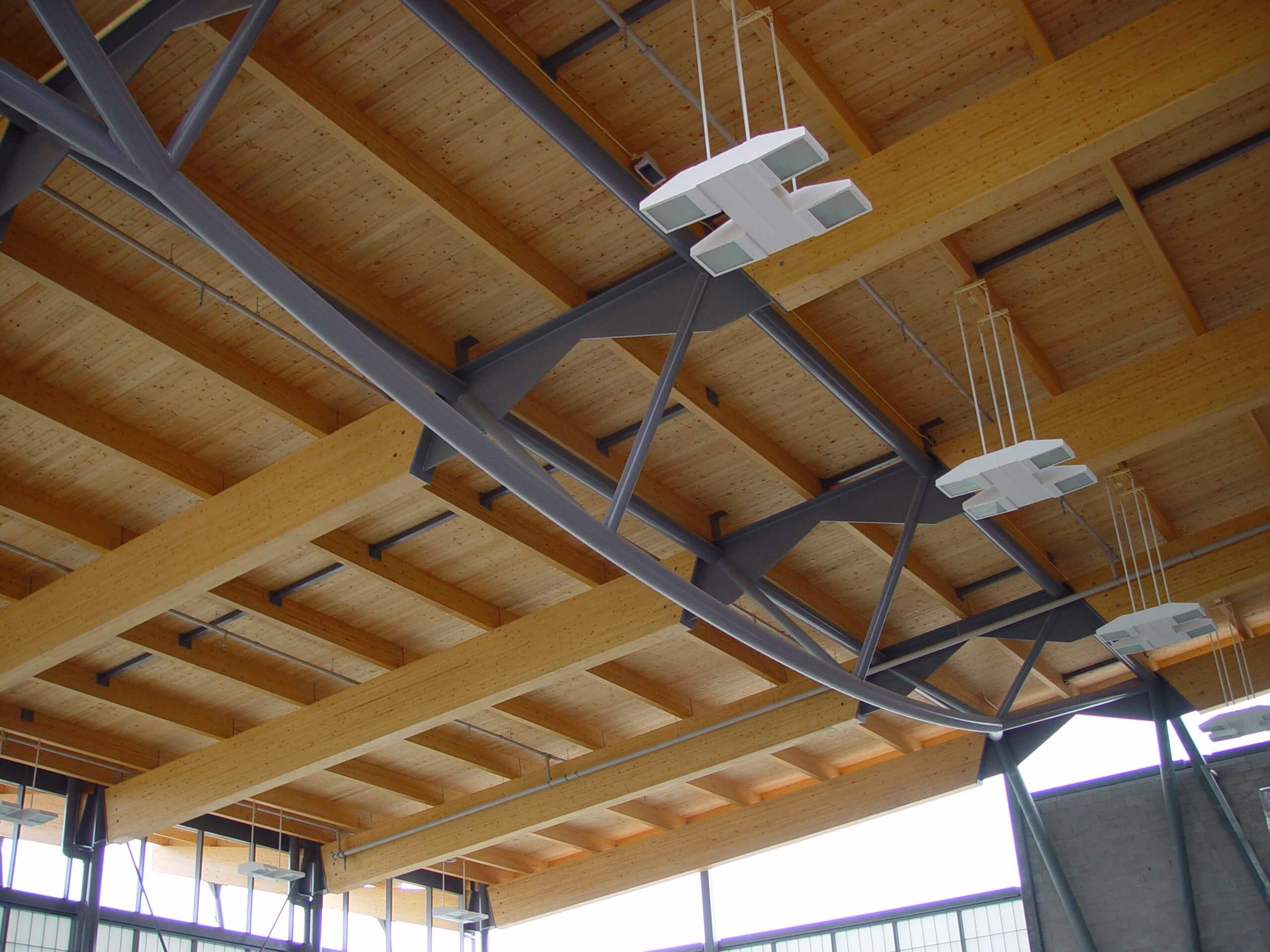
Glulam requires careful handling and safe storage for damage prevention. It is crucial that you follow strict precautionary measures to ensure their maximum structural capacity.
Surface scratches are very common when handling glulam and so, make sure that you always use 1 when lifting it. When it comes to storage, the ideal position is vertical. You can also consider covering them with a plastic sheet to protect them from the weather. Moreover, glulam timber isn’t expose to outdoor conditions until they’re ready for installation unless of course, it specially makes for outdoor areas.
Laminated Veneer Lumber (LVL)
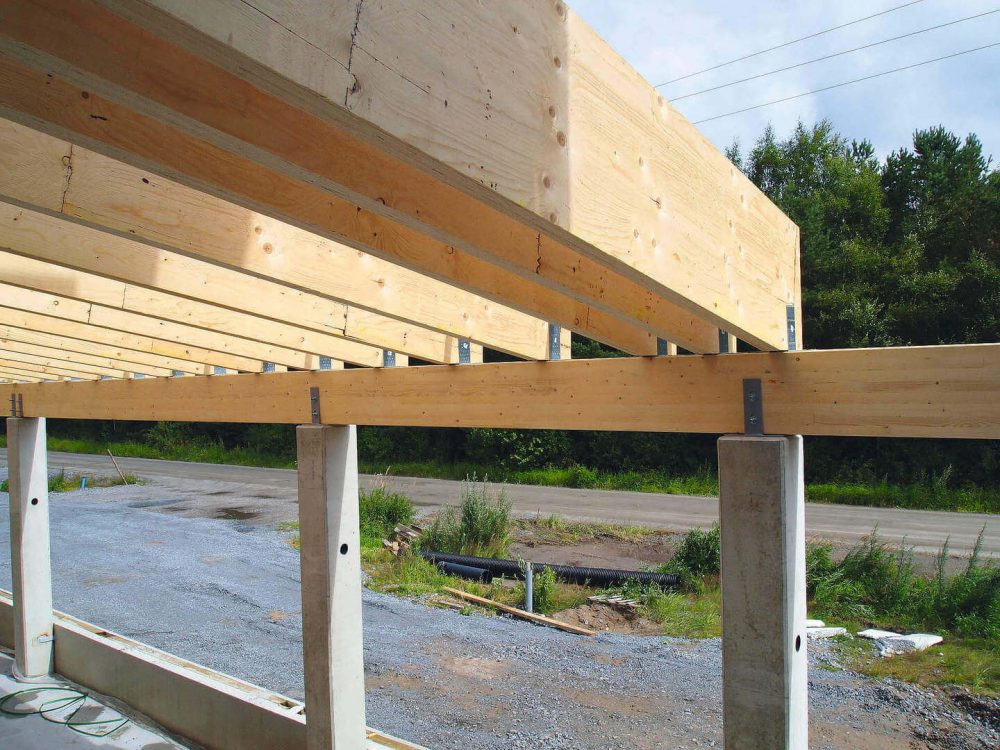
LVL is another common timber wall cladding option for modern buildings. Also known as microlam, LVL makes from peeled or sliced thin veneers laid in a parallel arrangement and bonded together under heat and pressure. Let’s see microlam vs glulam.
The standard sizes of LVL include widths of 3 ½, 5 ¼, and 7 inches, and depths from 9 ½ to 24 inches deep. Columns are available in sizes from 4×4 and 8×8.
The biggest reason why builders so commonly use LVL is that it’s cheap. A unique advantage of this beam type is that you can fabricate it to match narrower beam widths. Not only this, you can also get a larger beam made by simply nail-laminating several plies together. This especially proves helpful in retrofit projects where lifting a big, heavy beam is difficult or impossible.
Common Uses
The strong engineered wood beam typically uses for structural applications. Below are a few common uses of it:
- Beams
- Pitched rafters
- Truss chords
- Floor bearers
- Formwork
- Lintels
- Purlins
Strength Profile
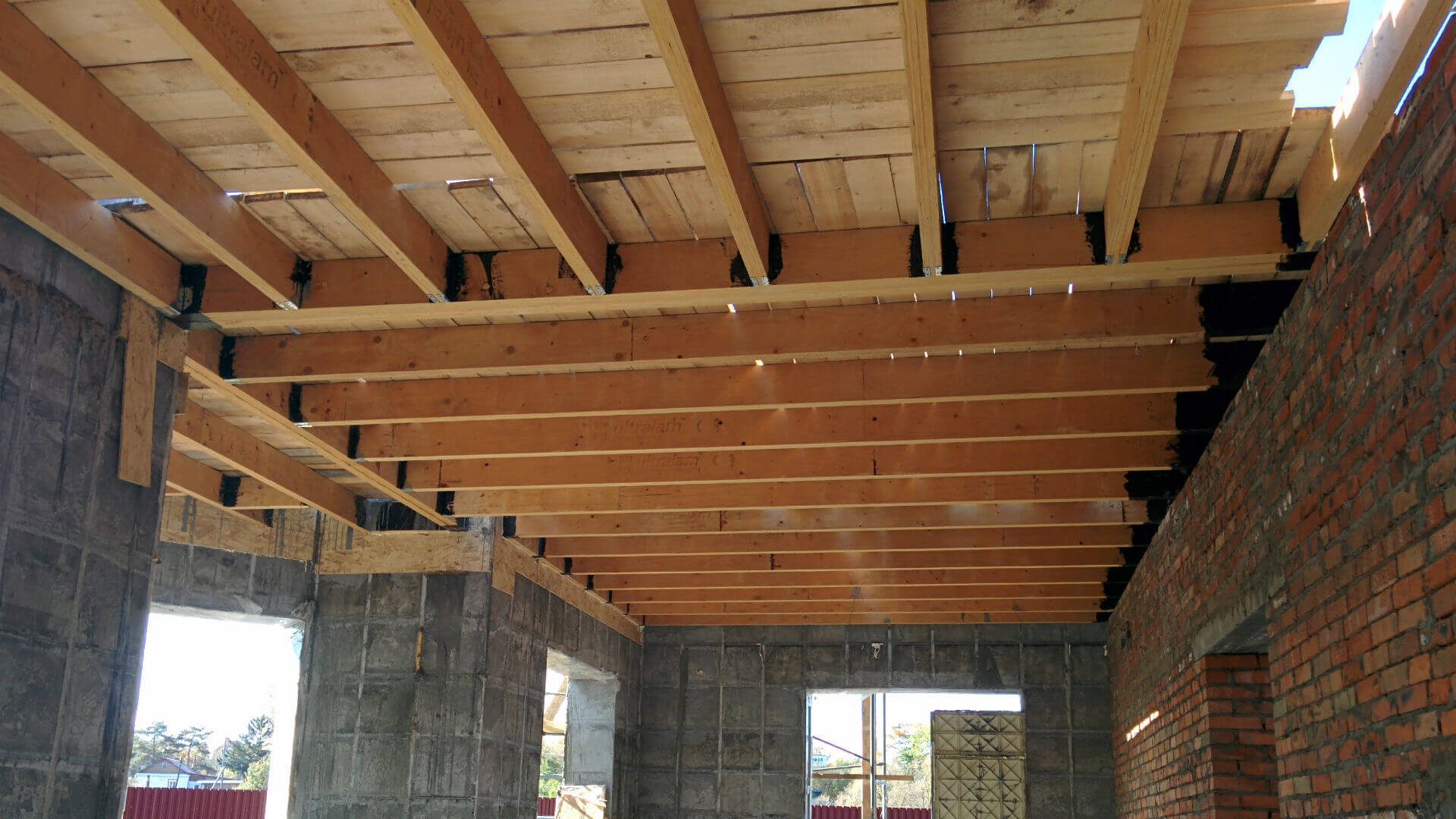
The strength of LVL can compare with that of steel, concrete, and solid timber.
Benefits of Using LVL
The following are some of the amazing benefits offered by LVL.
- High sustainability and durability
- Is a cost-effective option
- Delivers maximum structural reliability and considerable strength
- Has fire-resistant properties similar to solid timber, burns at a slow and predictable rate
- Is easily available in long lengths
- Small wood pieces can easily make into large LVL beams
- Can easily be cut and machined with regular woodworking tools
Precautions And Tips
LVL is a popular timber wall cladding option that demands careful handling and storage. Ideally, it should be handled the same way as solid timber. If proper care does not take, damage to the edges and exposed corners is inevitable. Let’s see glulam vs lvl price.
When on-site, LVL beam prices should be laid flat off the ground. It’s important to note that they should be dry before they install. As far as weather damage is concerned, short-term exposure doesn’t affect its performance but long-term exposure can. Therefore, you should consider preservative treatment and coat the material with a protective sheet.
Summing It Up
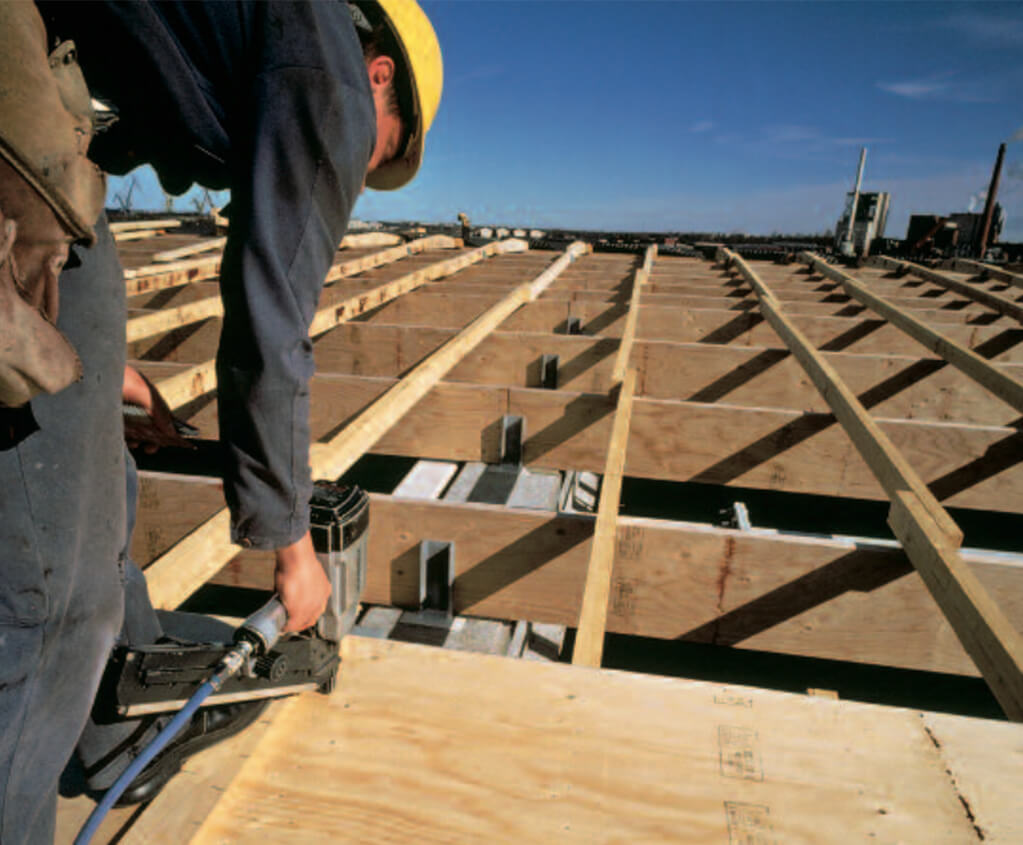
Both LVL vs glulam have their own set of advantages in the construction industry. Glulam beams typically manufacture for a specific design. When they bring on-site, they’re usually already custom sanded, stained, and finished. Needless to say, they look stunning and can be expensive. Although they’re much lighter than concrete and steel, they’re extremely strong. Glulam is most commonly uses in the construction of large buildings, including universities, airports, hotels, and museums.
On the other hand, you’ll only find LVL buried in the walls, usually over windows and doors. Even when used for decks or other exterior structures, they tend to get covered up with different finishing products.
Both glulam and LVL are strong materials in their own roles. Your choice between the two will depend on the type of construction project you’re working on and the kind of results you want.
Explore further:

